1-Chloro-3-methyl-2-butene
- CAS NO.:503-60-6
- Empirical Formula: C5H9Cl
- Molecular Weight: 104.58
- MDL number: MFCD00000982
- EINECS: 207-972-7
- SAFETY DATA SHEET (SDS)
- Update Date: 2025-01-27 09:38:02

What is 1-Chloro-3-methyl-2-butene ?
Chemical properties
Colorless Liquid
The Uses of 1-Chloro-3-methyl-2-butene
1-Chloro-3-methyl-2-butene is used in the synthesis of geraniol. It is also used as an alkylating agent and as a reagent in hyperforin. Further, it is used as an antibiotic to inhibit growth of tumor cells.
What are the applications of Application
1-Chloro-3-methyl-2-butene is used to synthesize geranitol
General Description
Kinetics of gas-phase reactions of ozone with 1-chloro-3-methyl-2-butene was studied. Reaction of 1-chloro-3-methyl-2-butene with potassium iodide in acetone and sodium ethoxide in ethanol was studied.
Properties of 1-Chloro-3-methyl-2-butene
| Boiling point: | 58-59 °C/120 mmHg (lit.) |
| Density | 0.928 g/mL at 25 °C (lit.) |
| refractive index | n |
| RTECS | EM4298500 |
| Flash point: | 56 °F |
| storage temp. | 2-8°C |
| solubility | soluble in Chloroform, Ethyl Acetate |
| form | clear liquid |
| color | Colorless to Light yellow |
| Water Solubility | Miscible with chloroform, acetone, diethyl ether and alcohol. Immiscible with water. |
| CAS DataBase Reference | 503-60-6(CAS DataBase Reference) |
| NIST Chemistry Reference | 2-Butene, 1-chloro-3-methyl-(503-60-6) |
| EPA Substance Registry System | 2-Butene, 1-chloro-3-methyl- (503-60-6) |
Safety information for 1-Chloro-3-methyl-2-butene
| Signal word | Danger |
| Pictogram(s) |
 Flame Flammables GHS02  Exclamation Mark Irritant GHS07 |
| GHS Hazard Statements |
H225:Flammable liquids H315:Skin corrosion/irritation H319:Serious eye damage/eye irritation H335:Specific target organ toxicity, single exposure;Respiratory tract irritation |
| Precautionary Statement Codes |
P210:Keep away from heat/sparks/open flames/hot surfaces. — No smoking. P233:Keep container tightly closed. P240:Ground/bond container and receiving equipment. P241:Use explosion-proof electrical/ventilating/lighting/…/equipment. P303+P361+P353:IF ON SKIN (or hair): Remove/Take off Immediately all contaminated clothing. Rinse SKIN with water/shower. P305+P351+P338:IF IN EYES: Rinse cautiously with water for several minutes. Remove contact lenses, if present and easy to do. Continuerinsing. |
Computed Descriptors for 1-Chloro-3-methyl-2-butene
New Products
6-Bromo-3-iodo-1-methyl-1H-indazole 7-Bromo-1H-indazole 3-(2,4-Dimethoxybenzyl)dihydropyrimidine-2,4(1H,3H)-dione N-octanoyl benzotriazole 4-Hydrazinobenzoic acid ELECTROLYTIC IRON POWDER 1,1’-CARBONYLDIIMIDAZOLE R-2-BENZYLOXY PROPIONIC ACID 1,1’-CARBONYLDI (1,2-4 TRIAZOLE) 4-HYDROXY BENZYL ALCOHOL 4-IODO BENZOIC ACID 4-Bromopyrazole 1-Boc-4-cyanopiperidine 5-BROMO-2CYANO PYRIDINE (R)-5-(2-aminopropyl)-2-methoxybenzenesulfonamide 5,6-Dimethoxyindanone Cycloleucine 1-Aminocyclobutanecarboxylic acid 1-Amino-1-cyclohexanecarboxylic acid 1-(2-Ethoxyethyl)-2-(piperidin-4-yl)-1H-benzo[d]imidazole hydrochloride TETRABUTYLAMMONIUM CYANIDE 4-bromo-3,5-dimethylbenzenesulfonyl chloride N-(5-Amino-2-methylphenyl)acetamide 4-EthylbenzylamineRelated products of tetrahydrofuran
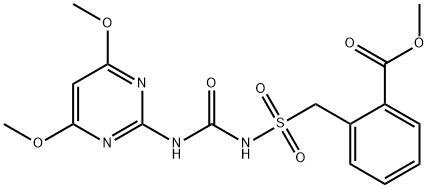


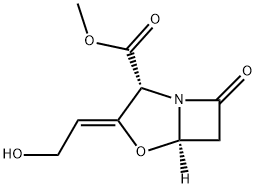

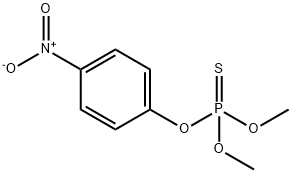
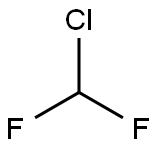
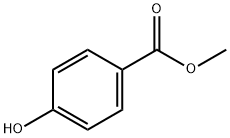
You may like
-
 1-Chloro-3-methyl-2-butene (stabilized with K2CO3) CAS 503-60-6View Details
1-Chloro-3-methyl-2-butene (stabilized with K2CO3) CAS 503-60-6View Details
503-60-6 -
 1-Chloro-3-methyl-2-butene CAS 503-60-6View Details
1-Chloro-3-methyl-2-butene CAS 503-60-6View Details
503-60-6 -
 4-N Butyl Resorcinol 18979-61-8 NLT 98%View Details
4-N Butyl Resorcinol 18979-61-8 NLT 98%View Details
18979-61-8 -
 1,3 Cyclohexane dione NLT 98%View Details
1,3 Cyclohexane dione NLT 98%View Details
504-02-9 -
 52-52-8 Cycloleucine 98+View Details
52-52-8 Cycloleucine 98+View Details
52-52-8 -
 2756-85-6 98+View Details
2756-85-6 98+View Details
2756-85-6 -
 1-Aminocyclobutanecarboxylic acid 98+View Details
1-Aminocyclobutanecarboxylic acid 98+View Details
22264-50-2 -
![1841081-72-8 1-(2-Ethoxyethyl)-2-(piperidin-4-yl)-1H-benzo[d]imidazole hydrochloride 98+](https://img.chemicalbook.in//Content/image/CP5.jpg) 1841081-72-8 1-(2-Ethoxyethyl)-2-(piperidin-4-yl)-1H-benzo[d]imidazole hydrochloride 98+View Details
1841081-72-8 1-(2-Ethoxyethyl)-2-(piperidin-4-yl)-1H-benzo[d]imidazole hydrochloride 98+View Details
1841081-72-8
Statement: All products displayed on this website are only used for non medical purposes such as industrial applications or scientific research, and cannot be used for clinical diagnosis or treatment of humans or animals. They are not medicinal or edible.